CAS HOLMAN: DESIGN FOR PLAY

“When I design toys I want children to create from their imaginations rather than following instructions” - This is how Cas Holman’s Episode of the ‘Abstract: The art of design’ series opens. As per the title of the episode, Holman's whole career has been built around what she calls ‘Design for play’; providing children with the tools necessary for open-ended and imaginative play.
Holman’s earliest example of this philosophy is GEEMO, a flexible, modular magnetic building block designed and put into production during the early stages of her career. The themes and intentions of her work are already clear: to create an adaptable toy that allows the user space for their own creativity. When talking about GEEMO, Holman tells stories of confused interactions with production companies who continually asked questions about when the colours, faces and characters were going to be added to the product? To her this seemed completely illogical. The toy was to be kept plain white, even the opposing magnetic poles on each foot weren't prescribed a particular colour. By leaving it open-ended and ambiguous, the interaction and exploration associated with the toy's functionality was designed to be a key part of the process of play.
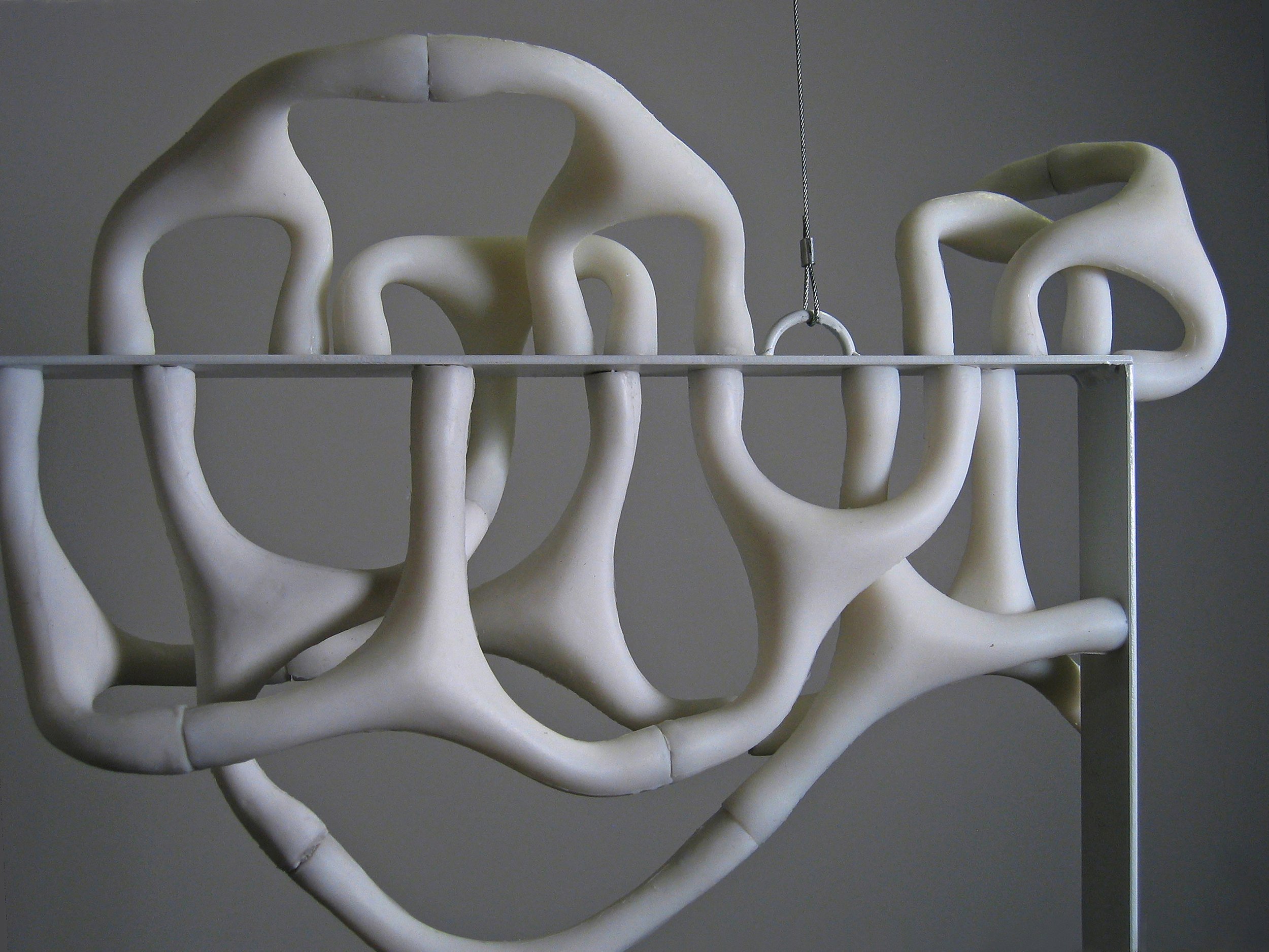
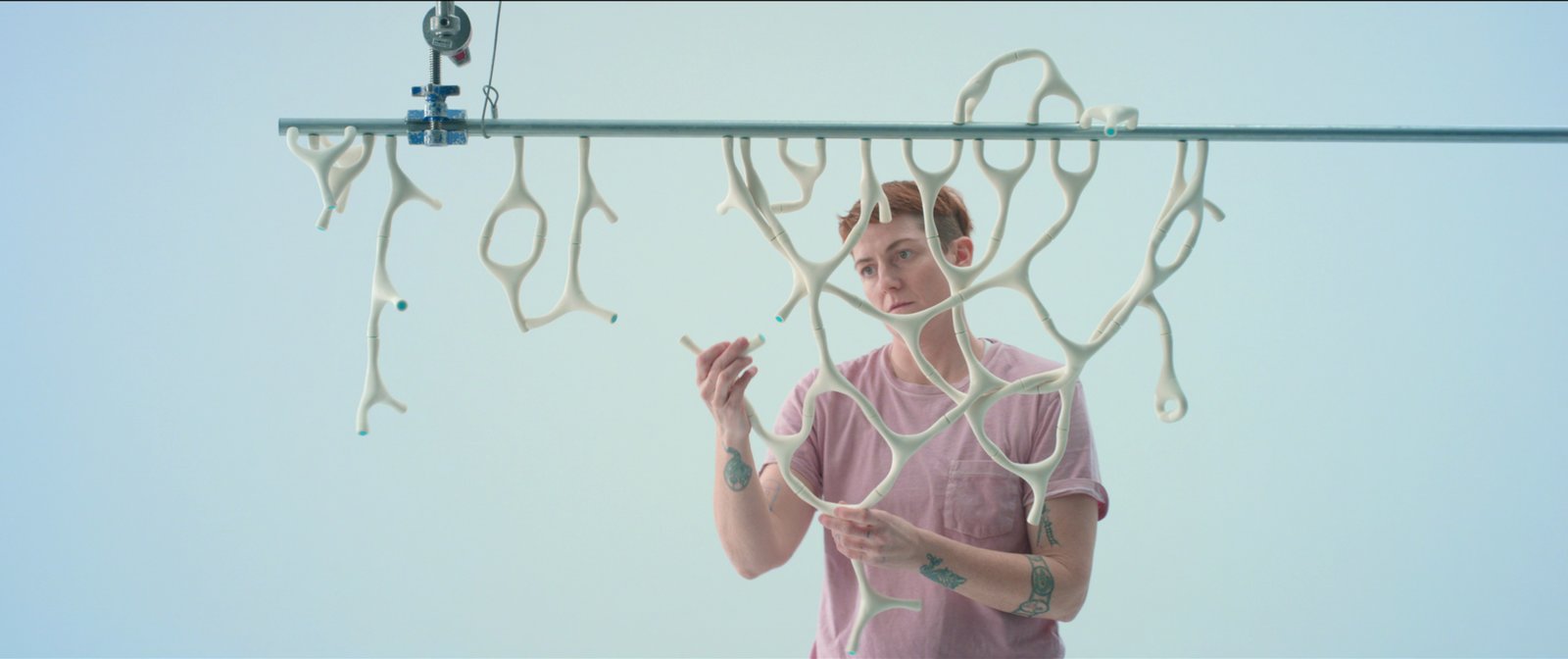
By doing this, Holman puts trust in the user and gives them the agency to interact with the product however they see fit. By allowing for this open-ended play within which the user is able to create their own narrative surrounding the product, the toy and its design become something far more personal and allow the user space to develop their own ideas, something that’s incredibly powerful for children.
Sidenote - Interestingly, I think this is similar in many
ways to Eliasson and the way you're made to experience his artwork
- (See 'Olafur Eliasson: The Design of Art')
ways to Eliasson and the way you're made to experience his artwork
- (See 'Olafur Eliasson: The Design of Art')
One of the key aspects of Holman's designs that facilitates this interaction is their modularity. Components are so intuitive to use together that there is no barrier for entry, anyone can start putting pieces together. She often still designs with a specific functionality in mind, sometimes even a specific interaction, however these functions and interactions never have a rigid use case and the way in which the user applies them defines the outcome of the play. The converse of this is to create toys that are made to “occupy children” rather than let them explore.
Too many modern toys are “goal oriented” as a pose to open-ended and creative: take LEGO for example. All their sets have a distinct end goal, a final destination which you follow a physical set of instructions to get to, but this is never how I used to enjoy the toy. Watch almost any kid play with LEGO and you'll see they're not interested in the instruction manual that comes with the sets. The intended design will often still get built to appease the adult who gifted it, however it's the pile of random bricks that kids are drawn to, the allure of possibility and the freedom that it gives that made LEGO my favourite childhood toy.
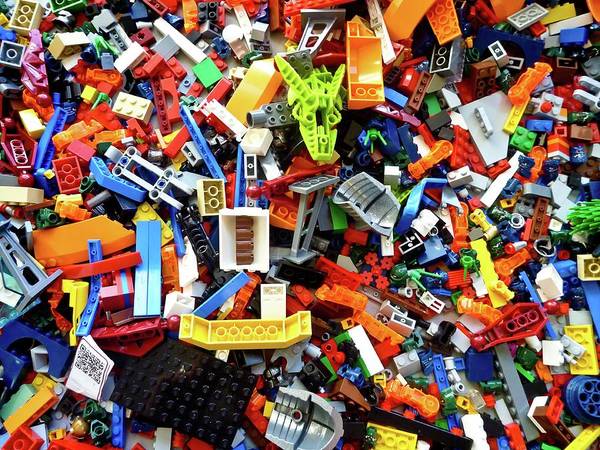

Look at Holman's biggest product, Rigamajig. This is quite literally a pile of giant nuts, bolts and wooden beams that are carefully designed to facilitate easy modular assembly into whatever the user can imagine. Here, children are trusted with proper materials, they’re given responsibility, weight, something that they perceive as ‘real equipment’ only with the usual hurdle of manufacture and assembly removed. Holman does say that kids are often amazed they’re even allowed to play with Rigamajig at first; you're allowing them to actually feel as though they are making something substantial and completely their own. Children deserve this trust and responsibility; according to Holman’s philosophy, that's how you learn. At least, I know how excited a 7 year old me would have been at ‘wet play’ if my school kept a pile of Rigamajig in the corner.
I spoke about it in my blog “LEGO’s for kids?” But I think that giving children this agency within their play, allowing them to choose their direction and make mistakes and discoveries for themselves is super important. I think this is how you develop inquisitive people who question their actions and surroundings instead of easily conforming to what's expected of them. Especially coming from Central London where you have to drive over an hour in any direction to get to any real fields and woods, I grew up surrounded by so many people who had such little variance in the way they were able to play, especially in school, and I think this is really damaging.
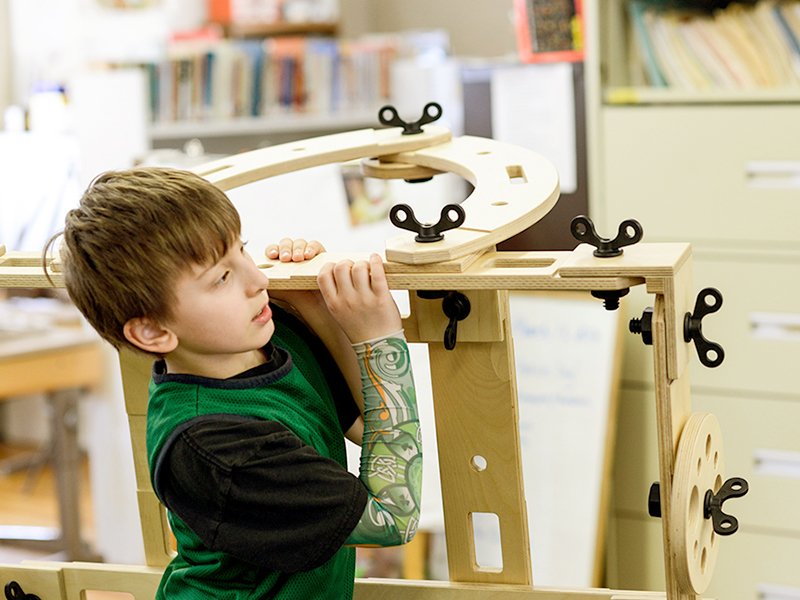
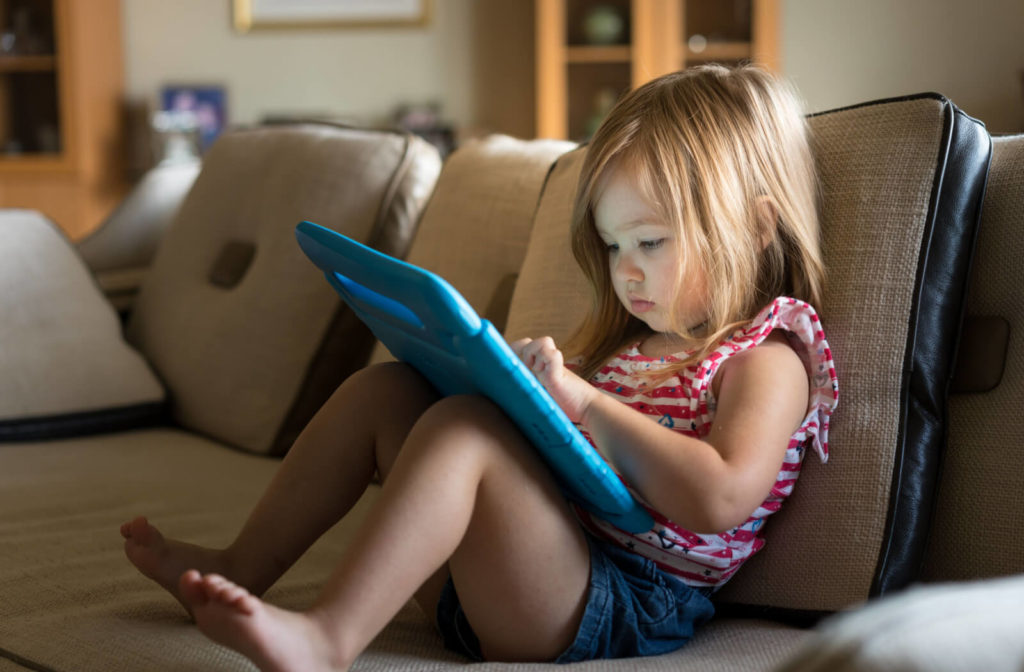
And I’m scared this is only becoming worse with the advent of technology - I've seen too many parents hush up their crying 3 year olds in public by shoving an iPad in their face. Yes this is stimulation, but there is no active participation here, just consumption. Screens aren't inherently bad, but the applications that benefit most from their use are. Less and less kids, especially in London, are actually allowed forms of creative expression within their play. At such a young age, I worry that this is a huge detriment to children's development and a problem that’s only going to become worse with the mass adoption of smartphones, especially amongst toddlers.
There’s a lot to think about here. I’m confident in what I like in these products designed for play, but I’m not sure how widespread ‘healthy’ and ‘productive’ play really is? I feel like there’s a problem here with how children are allowed to play, especially in schools, but have no real reasoning to back it up. Hopefully I’ll get the opportunity to look into this some more, for now I’ll leve you with my favourite quote from the Netflix special:
“Good play makes good people”
.....
COMMENTS:
To leave a comment, email your comment to jakabon@outlook.com with the title
of the post you wish to comment under as the email subject
Joey Morris
Yes, every school should have a rigamajig! I agree too many toys are goal oriented, Scandinavians seem so ahead of us on this.
28th Feb
